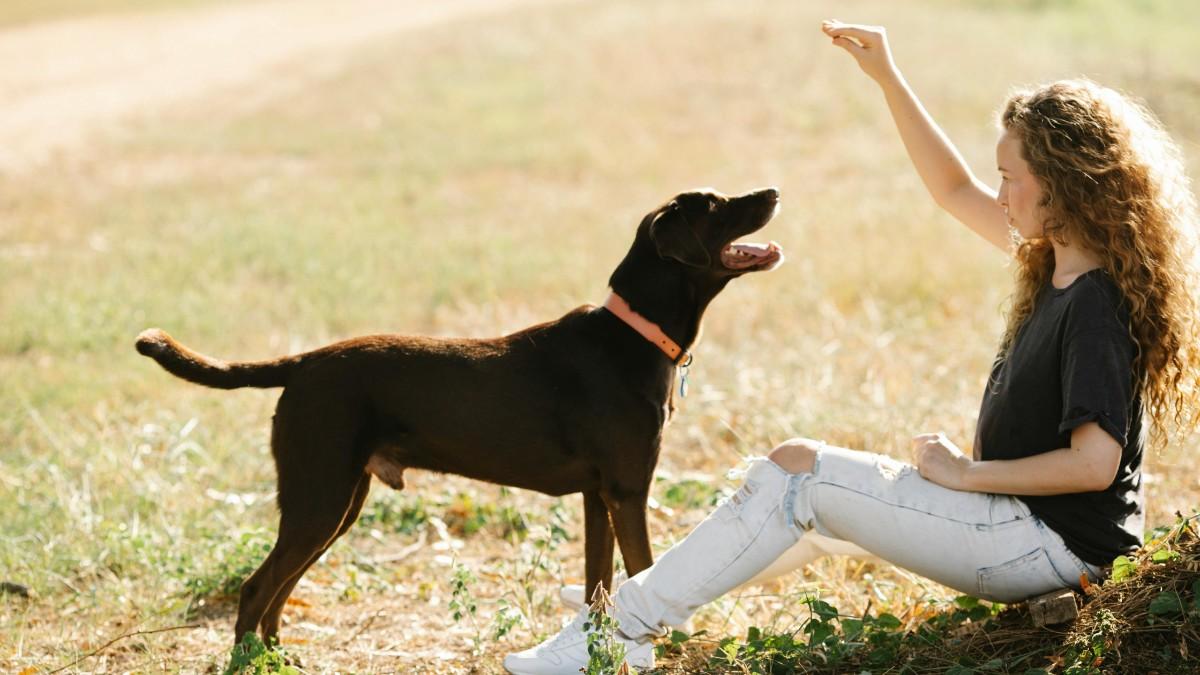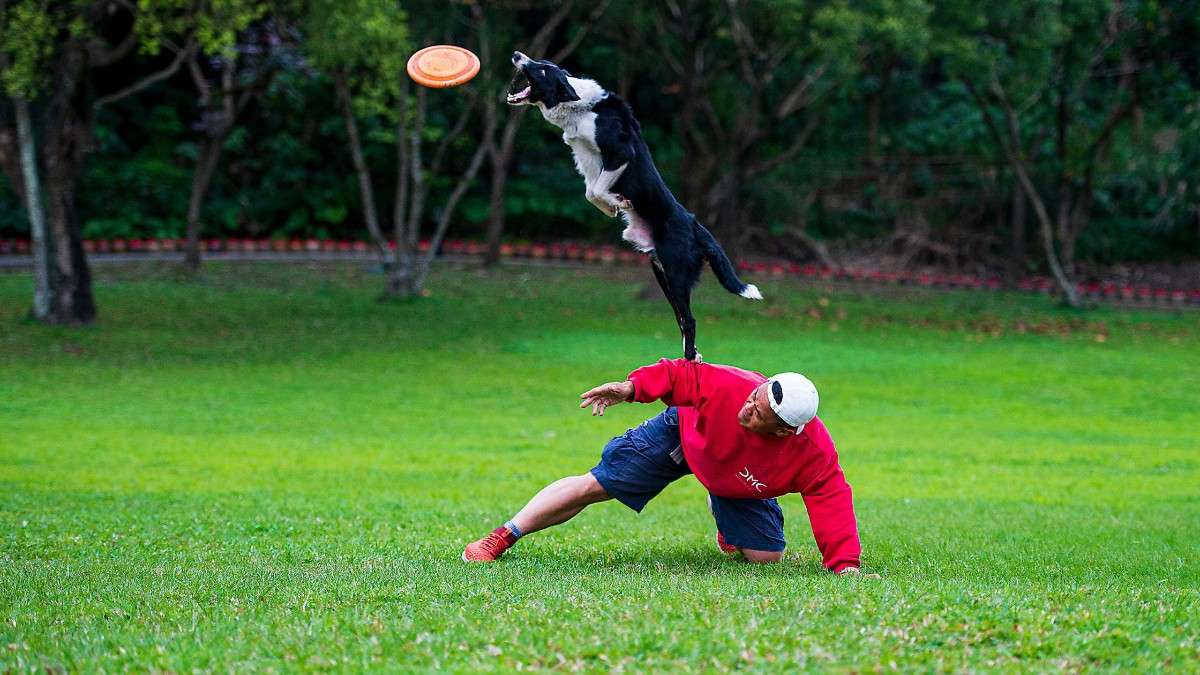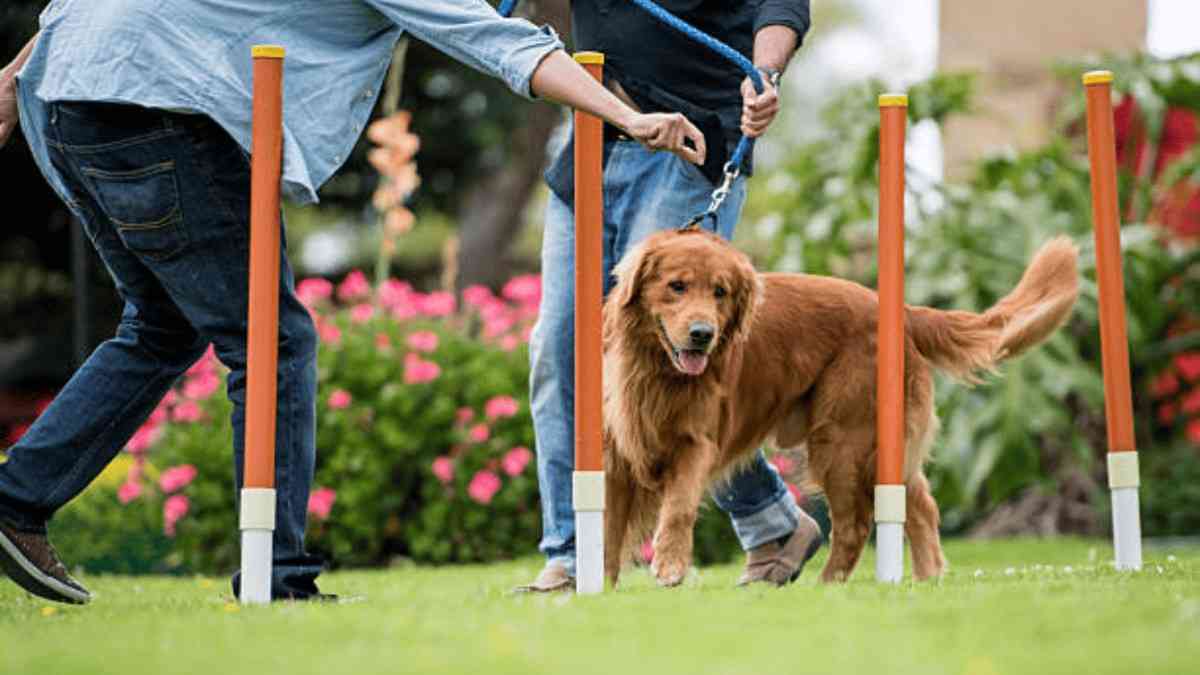10 Essential Dog Training Tips Every Pet Owner Should Know
Bringing a dog into your life is one of the most rewarding experiences you can have. Dogs are loyal, loving, and endlessly entertaining. However, to ensure a harmonious relationship with your furry friend, proper training is essential. Whether you’re a first-time pet owner or a seasoned dog lover, these 10 Essential Dog Training Tips Every Pet Owner Should Know will help you build a strong bond with your pup and create a well-behaved companion.
What Are the 10 Essential Dog Training Tips Every Owner Should Know?
Dog training isn’t just about obedience, it’s the key to creating a strong bond, building trust, and ensuring your pet becomes a happy, well-mannered companion. The journey begins with starting early, being consistent, and using positive reinforcement to encourage good behavior. Short, focused sessions work best, and patience is essential punishment-based methods can damage trust. Socializing your dog with different people, pets, and environments helps them adapt better to the world around them, while teaching basic commands like “sit,” “stay,” “come,” and “leave it” sets a solid foundation for lifelong good manners.
Equally important is avoiding overtraining, staying calm and confident, and practicing daily to keep skills sharp. Dogs mirror your tone and energy, so a steady, positive approach will yield the best results. With these 10 essential tips starting early, staying consistent, rewarding good behavior, socializing, focusing on basics, avoiding overtraining, and maintaining daily practice, you’ll transform training sessions into moments of connection, growth, and joy for both you and your furry friend.
1. Start Training Early
The earlier you start training your dog, the better. Puppies are like sponges, eager to learn and adapt to their environment. However, even if you’ve adopted an older dog, it’s never too late to start. Consistency and patience are key.
- Socialization: Expose your dog to different people, animals, and environments to build confidence.
- Basic Commands: Teach simple commands like “sit,” “stay,” and “come” as early as possible.
- Positive Reinforcement: Reward good behavior with treats, praise, or playtime to encourage repetition.
2. Use Positive Reinforcement
Positive reinforcement is one of the most effective training methods. Dogs respond well to rewards, whether it’s a tasty treat, a favorite toy, or verbal praise. This approach helps your dog associate good behavior with positive outcomes.
- Timing is Key: Reward your dog immediately after they perform the desired behavior.
- Be Consistent: Use the same commands and rewards every time to avoid confusion.
- Avoid Punishment: Negative reinforcement can lead to fear and anxiety, which hinders learning.
3. Be Patient and Consistent
Training a dog takes time, and every dog learns at their own pace. Patience and consistency are crucial to success.
- Set Realistic Goals: Don’t expect your dog to master a command overnight.
- Practice Daily: Short, frequent training sessions are more effective than long, infrequent ones.
- Stay Calm: Dogs can sense frustration, which can make training less effective.
4. Establish a Routine
Dogs thrive on routine. A consistent schedule for feeding, walks, and training sessions helps your dog understand what’s expected of them.
- Feeding Times: Feed your dog at the same times each day to regulate their digestion and behavior.
- Potty Breaks: Take your dog outside at regular intervals to reinforce house training.
- Training Sessions: Incorporate training into your daily routine to keep your dog engaged.
5. Teach Basic Commands
Basic commands are the foundation of dog training. They not only make your life easier but also keep your dog safe in potentially dangerous situations.
- Sit: Helps control your dog in various situations.
- Stay: Prevents your dog from running into unsafe areas.
- Come: Ensures your dog returns to you when called.
- Leave It: Stops your dog from picking up harmful objects.
6. Address Behavioral Issues Early
If your dog exhibits unwanted behaviors like barking, chewing, or jumping, address them as soon as possible. Ignoring these issues can lead to bigger problems down the road.
- Identify Triggers: Understand what causes the behavior and work to eliminate or manage it.
- Redirect Attention: Offer a toy or alternative activity to distract your dog from the unwanted behavior.
- Seek Professional Help: If needed, consult a professional trainer or behaviorist.
7. Use a Leash Effectively
Leash training is essential for both your dog’s safety and your peace of mind. A well-trained dog on a leash is a joy to walk, while a poorly trained one can be a nightmare.
- Choose the Right Leash: Select a leash that’s appropriate for your dog’s size and strength.
- Practice Loose-Leash Walking: Encourage your dog to walk beside you without pulling.
- Be Patient: Leash training takes time, especially for energetic dogs.
8. Crate Training for Safety and Comfort
Crate training provides your dog with a safe space and can be incredibly useful for house training and travel.
- Make It Comfortable: Add a soft bed, toys, and water to make the crate inviting.
- Use Positive Reinforcement: Reward your dog for entering the crate voluntarily.
- Avoid Overuse: Don’t leave your dog in the crate for extended periods.
9. Socialize Your Dog
Socialization is crucial for helping your dog become well-adjusted and confident. A well-socialized dog is less likely to develop fear or aggression toward people, animals, or new environments.
- Expose Gradually: Introduce your dog to new experiences slowly and positively.
- Puppy Classes: Enroll your dog in a puppy class to interact with other dogs and people.
- Monitor Interactions: Ensure all interactions are safe and positive.
10. Keep Training Fun and Engaging
Training should be a positive experience for both you and your dog. Keep sessions fun and engaging to maintain your dog’s interest and enthusiasm.
- Mix It Up: Vary the commands and activities to prevent boredom.
- Use Toys and Games: Incorporate play into training sessions.
- Celebrate Success: Celebrate milestones and progress to keep motivation high.
Final Thoughts
Training your dog is an ongoing process that requires time, effort, and patience. By following these 10 Essential Dog Training Tips Every Pet Owner Should Know, you’ll set your dog up for success and strengthen the bond between you. Remember, every dog is unique, so tailor your approach to suit your dog’s personality and needs.
Whether you’re teaching basic commands, addressing behavioral issues, or simply enjoying a walk in the park, these tips will help you navigate the joys and challenges of dog ownership. After all, a well-trained dog is a happy dog, and a happy dog makes for a happy owner.
So, take these 10 Essential Dog Training Tips Every Pet Owner Should Know to heart, and enjoy the journey of raising a well-behaved, loving companion.
Frequently Asked Questions (FAQs)
Q1. When should I start training my dog?
You should begin training as soon as you bring your dog home, regardless of their age. Puppies can start basic training as early as 8 weeks old.
Q2. How long should each training session be?
Keep training sessions short—about 5 to 10 minutes—so your dog stays focused and engaged without getting frustrated.
Q3. What is the best method to train a dog?
Positive reinforcement is the most effective method, rewarding good behavior with treats, praise, or play.
Q4. Can I train an older dog?
Yes! While puppies may learn faster, older dogs can be trained successfully with patience, consistency, and encouragement.
Q5. How many basic commands should I teach first?
Start with essential commands like “sit,” “stay,” “come,” and “leave it” before moving to advanced tricks.




Post Comment